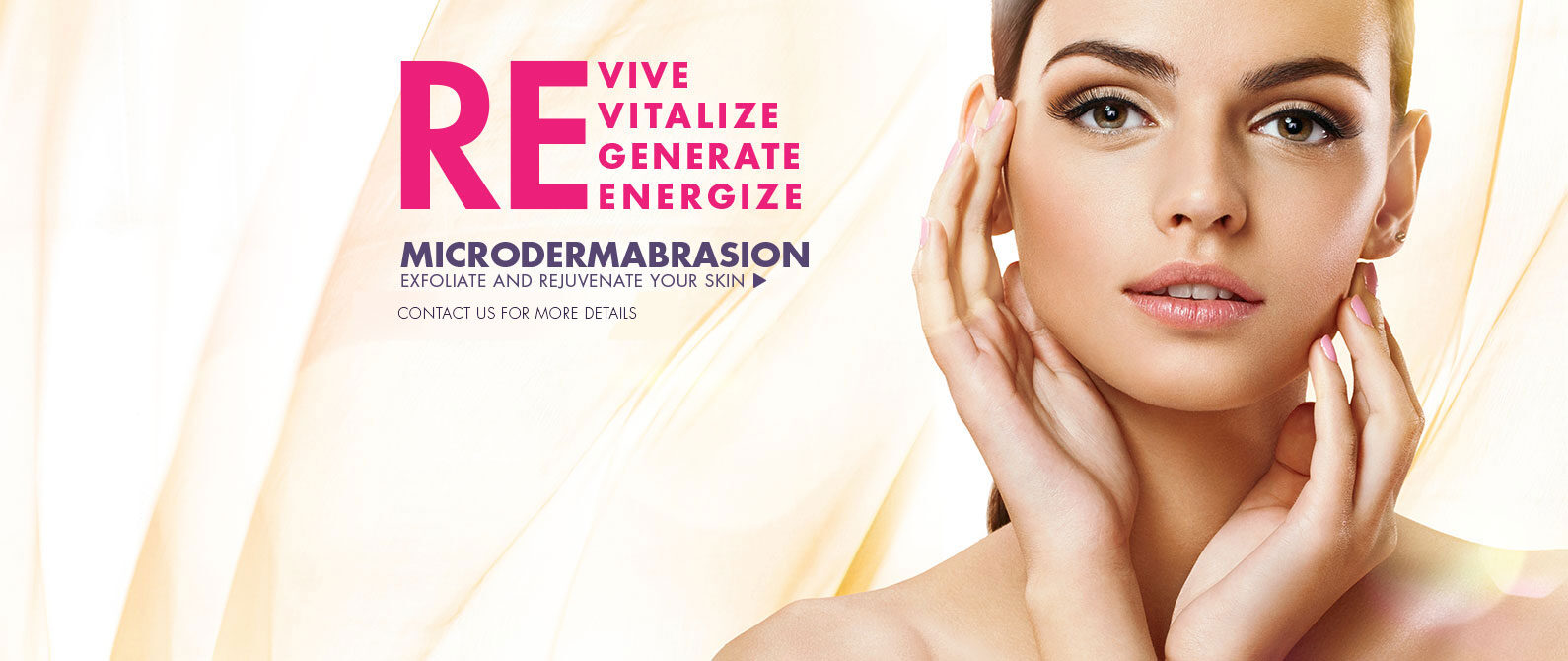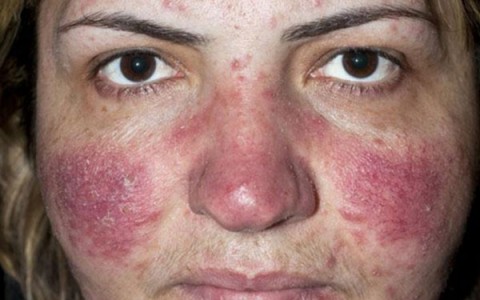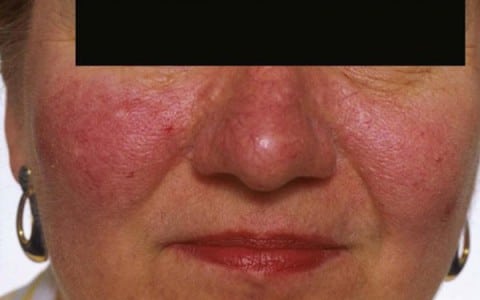It is a common skin condition. In the United States alone, millions have it. People of all races and ages get Rosacea. You have a greater likelihood of developing it if you are:
- Between 30 and 50 years of age
- Fair-skinned and have blonde hair and blue eyes
- Of Celtic or Scandinavian ancestry
- A woman going through menopause
Recent research suggests that it tends to run in families. If you have blood relatives with rosacea or severe acne, you have a greater risk of getting rosacea. Having had a severe acne condition also increases your risk of getting rosacea.
If you have permanent redness on your face along with acne or small veins, you may want to see a dermatologist. A dermatologist can tell you whether you have this problem and can offer a treatment plan.
Treatment can help ease the discomfort caused by rosacea. It can help control the redness, acne-like breakouts, and diminish the veins. Even the thickening of the skin can be treated.
Many people who treat their rosacea say that treatment improves their quality of life. They say that they feel less self-conscious and another benefit of treatment is that it can prevent rosacea from getting worse.
Research shows that the most effective results come from combining treatments and tailoring treatment to a patient’s signs and symptoms. Your dermatologist may create a treatment plan that includes more than one treatment.
The acne-like breakouts often can be treated with topical treatment. It takes time to see improvement in three or four weeks. It usually takes about two months to see a noticeable improvement,
Sometimes you need an oral antibiotic to clear the acne-breakouts or your dermatologist may recommend a low dose form of an antibiotic that treats the inflammation but avoids side effects of longer-term antibiotics. Taking antibiotics can clear the acne-like breakouts. To keep your skin clear, you may need to use a medicine that you apply to the skin.
To clear acne-like breakouts, many people now can take a newer medicine. It looks like an antibiotic but does not contain enough medicine to work as an antibiotic. This medicine can clear the skin and avoids concerns about taking an antibiotic for too long.
To reduce the redness, you may need to use cortisone cream for a short time. Laser surgery also can help reduce redness.











